Best virtual machine software of 2025
Install a new OS virtually

We list the best virtual machine software, to make it simple and easy to setup and run a new OS virtually on an existing PC or laptop.
Virtualization has become an increasingly important part of computing, not least for business and especially for cloud computing. However, virtual machine software is also available to home users as well.
For personal use, virtualization enables users to run different operating systems on their home PC, such as running Windows on a Mac, or running Linux on a Windows PC - and vice versa.
A key advantage of running a virtual machine is that it allows you to run apps that would otherwise not be available due to having very different system requirements, which is one particular reason why virtualization has become so important in business.
Another, perhaps surprisingly, is security concerns, as malware cannot run properly in a virtualized environment, and often will shut down if it detects it is in one.
Overall, virtualization has become a powerful tool in computing and IT, both for personal and business users. Below we list the best in virtual machine software currently available.
We've also highlighted the best mobile workstations.
The best virtual machine software of 2025 in full:
Why you can trust TechRadar
Best basic virtual machine software
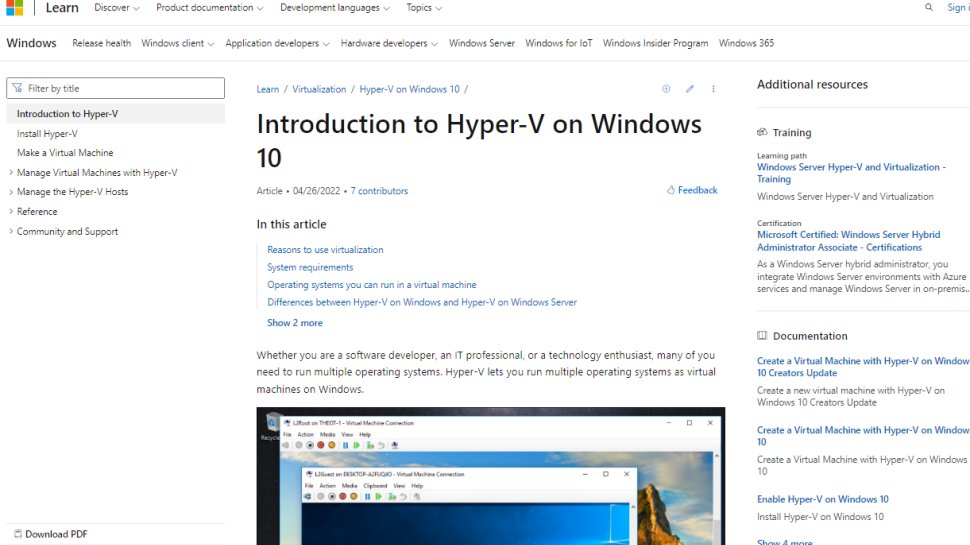
Reasons to buy
Reasons to avoid
Originally codenamed Viridian, and then Windows Server Virtualization, it was rebranded to Hyper-V Server when it was first released in late 2008.
These days it comes as part of Windows 10 Pro and Windows Server (2012 and 2016), at no additional cost to the user. However, what you get for nothing is a very basic hypervisor that can’t do the clever things that VMware offers.
The guest OS support includes Windows Server, Windows XP SP3 or later, Linux with a 3.4 or better Kernel and FreeBSD. Although driver support for Linux isn’t great, and there is no virtual GPU support.
Hyper-V allows relatively inexperienced users to create a virtual server environment, but don’t expect to be able to do as much as you can with other virtualization platforms.
Read our full Microsoft Hyper-V review.
Best virtual machine software free
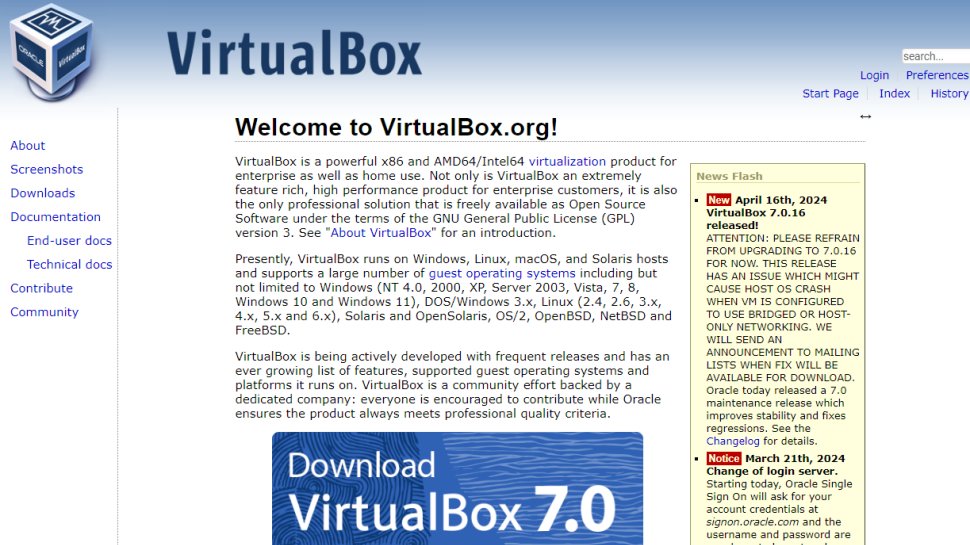
Reasons to buy
Not sure what operating systems you are likely to use? Then VirtualBox is a good choice because it supports an amazingly wide selection of host and client combinations.
Windows from XP onwards, any Linux level 2.4 or better, Windows NT, Server 2003, Solaris, OpenSolaris and even OpenBSD Unix. There are even people that nostalgically run Windows 3.x or even IBM OS/2 on their modern systems,
It also runs on Apple Mac, and for Apple users, it can host a client Mac VM session.
Oracle has been kind enough to support VirtualBox, and provide a wide selection of pre-built developer VMs to download and use at no cost.
And, all this is free, even the Enterprise release.
Read our full VirtualBox review.
Best established virtual machine software
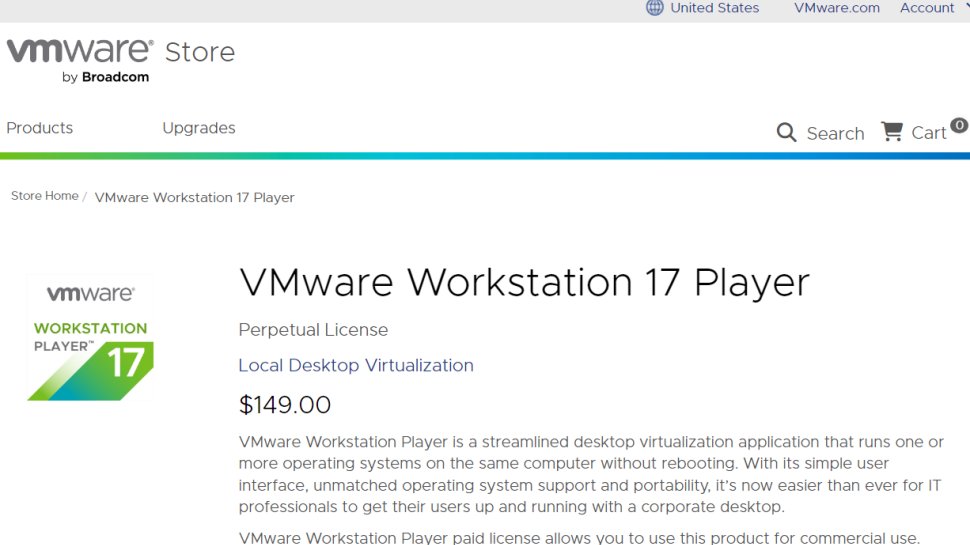
Reasons to buy
VMware offers a very comprehensive selection of virtualization products, with Fusion for the Apple Mac and Workstation Player for the PC.
Despite the name difference, these two products offer effectively the same solution, though tailored to each host OS.
For the Mac that includes a neat ‘Unity Mode’ that enables Mac OS to launch Windows applications from the Dock and have them appear like they’re part of the host OS.
Workstation, as the version numbering suggests, is a more mature product and delivers one of the most sophisticated VM implementations seen so far.
Being one of the few hosts that supports DirectX 10 and OpenGL 3.3, it allows CAD and other GPU accelerated applications to work under virtualization.
Workstation Player for Windows or Linux is free for personal use, though Pro is required for business users, and those wanting to run restricted VMs created using Pro or Fusion Pro.
While there has been some upset after the Broadcom buyout of VMware resulted in price increases, the workstation is now available for free regardless.
Read our full VMware Workstation Player review.
Best virtual machine software scalable
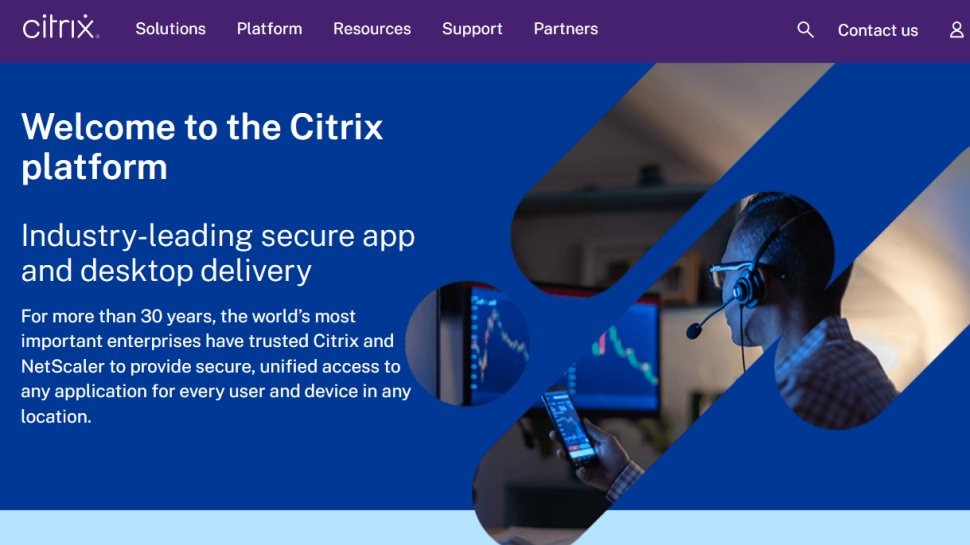
Reasons to buy
Reasons to avoid
Oddly, Citrix Hypervisor started life as an open source project, and to this day it remains free to download and install. Or rather the basic version is free, but advanced features are restricted to paid tier releases.
Paying customers get sophisticated management tools, the ability to automate and distribute live environments at will. It also has the GPU pass-through and virtualized GPU capabilities, allowing it to offer virtualized CAD for example.
The other thrust of XenServer is to create virtual data centers that can handle planned and unplanned outages equally smoothly, and maintain the high levels of availability that business expects.
Read our full Citrix Hypervisor review.
Best emulator
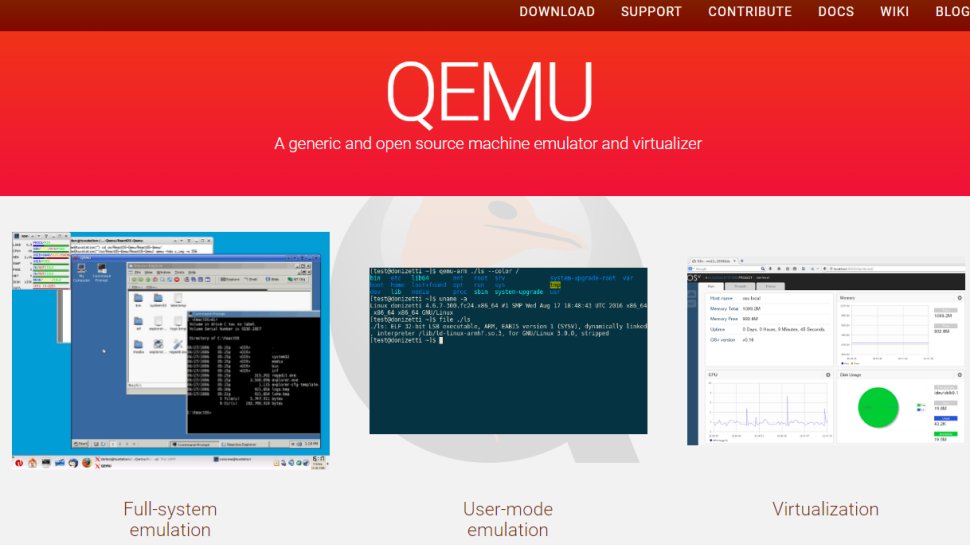
Reasons to buy
Reasons to avoid
The QEMU website isn’t very sophisticated, but don’t let that put you off.
Where this product slightly differs from other VM solutions is that it is both a VM host and also a machine emulator. Along with x86 PC, QEMU can emulate PowerPC, MIPS64, ARM, SPARC (32 and 64), MicroBlaze, ETRAX CRIS, SH4 and RISC-V, among others.
It manages to do this without administrator privileges, and the performance of VMs running on it is close to that of native installations.
What QEMU lacks is any sophisticated interface tools, instead relying on CLI inputs to install and configure VM clients.
At this time it is also only able to host on Linux, even if it can run a wide range of operating systems under that.
Read our full QEMU review.
Best virtual machine software open source
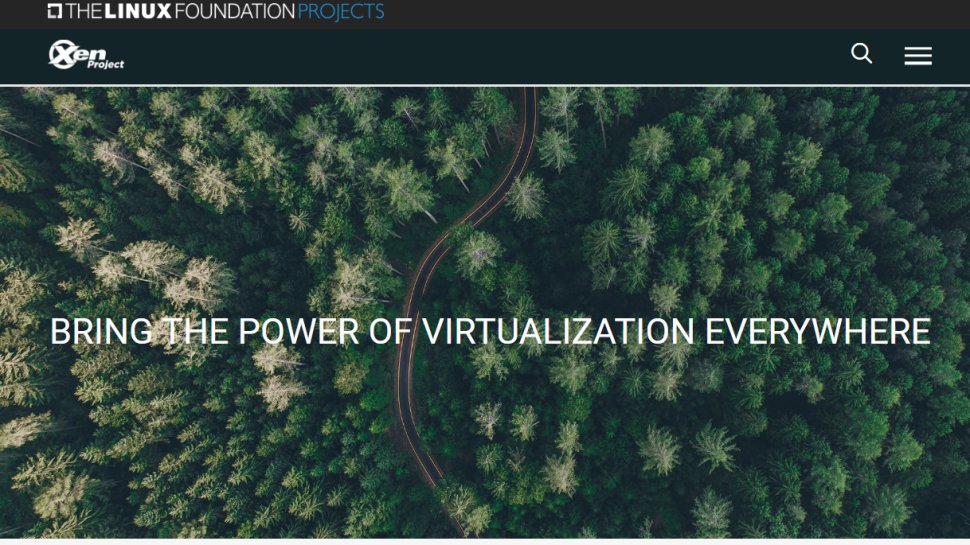
Reasons to buy
Xen Project is a free and open source virtual machine monitor (VMM), intended to serve as a type-1 hyperviser for multiple operating systems using the same hardware. Originally developed by Cambridge University, the staff who created it spun it into a company that was later acquired by Citrix. The Xen Project now works with The Linux Foundation in promoting open source applications.
It is especially used for advanced virtualization, not least for servers, in both commercial and open source environments. This includes but is not restricted to Infrastructure as a Service (IaaS) applications, desktop virtualization, and security virtualized. The Xen Project software is even being used in automotive and aviation systems.
The service is especially applicable for hyperscale clouds, and can easily be used with AWS, Azure, Rackspace, IBM Softlayer, and Oracle. A key emphasis is on security by using as small a code base as possible, making it not just secure but especially flexible.
Read our full Xen Project review.
Best virtual machine software for Apple users
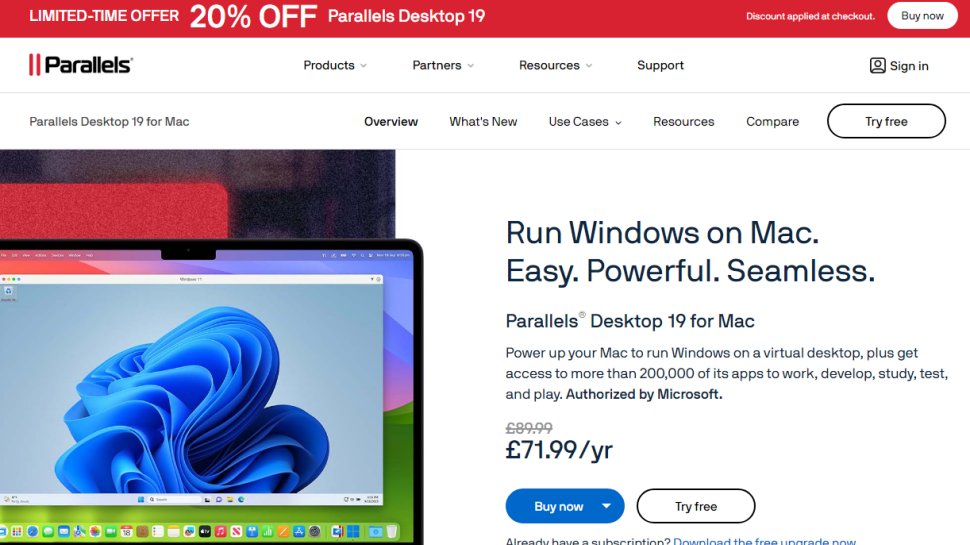
7. Parallels Desktop
Reasons to buy
Reasons to avoid
Boot Camp is Apple’s free tool for running a Virtual session under macOS, but those that need to do this on a regular basis use Parallels Desktop, now owned by software behemoth Corel.
It enables users to seamlessly run Windows alongside macOS, for those awkward moments when they need software that only works on that platform.
A few of the elegant things that Parallels can do is make Windows alerts appear in the Mac notification center, and operate a unified clipboard.
Most Mac users think of Parallels as a tool exclusively for using Windows, but it can be used to host a wide range of Linux distros, Chrome OS (which the best Chromebooks run) and even other (and older) versions of Mac OS.
The lowest rung is the basic edition. Above that is a Pro edition that can address more memory and supports development environments like Microsoft Visual Studio. And, a Business Edition that includes centralized license management tools for IT professionals to use.
We've featured the best laptops for programming.
Best virtual machine software FAQs
Which virtual machine software is best for you?
When deciding which virtual machine software to download and use, first consider what your actual needs are. Although there are some wonderful open source options out there, free and budget software options can sometimes prove limited when it comes to the variety of tools available, while higher-end software can really cater for every need, so do ensure you have a good idea of which features you think you may require.
How we tested the best virtual machine software
To test for the best virtual machine software we first set up an account with the relevant software platform. We then tested the service to see how the software could be used for different purposes and in different situations, such as how many different operating system installs it could handle. We then looked at how stable the virtual machine software was and how easy it was to update and customize each OS option. The aim was to push each software platform to see how useful its basic tools were and also how easy it was to get to grips with any more advanced tools.
See how we test, rate, and review products on TechRadar.
Get in touch
- Want to find out about commercial or marketing opportunities? Click here
- Out of date info, errors, complaints or broken links? Give us a nudge
- Got a suggestion for a product or service provider? Message us directly
- You've reached the end of the page. Jump back up to the top ^
Are you a pro? Subscribe to our newsletter
Sign up to the TechRadar Pro newsletter to get all the top news, opinion, features and guidance your business needs to succeed!
Mark is an expert on 3D printers, drones and phones. He also covers storage, including SSDs, NAS drives and portable hard drives. He started writing in 1986 and has contributed to MicroMart, PC Format, 3D World, among others.
